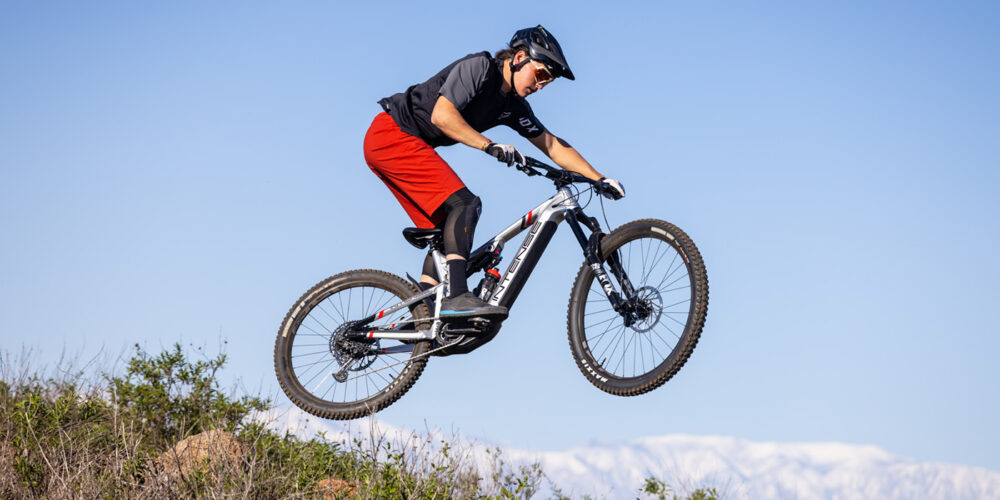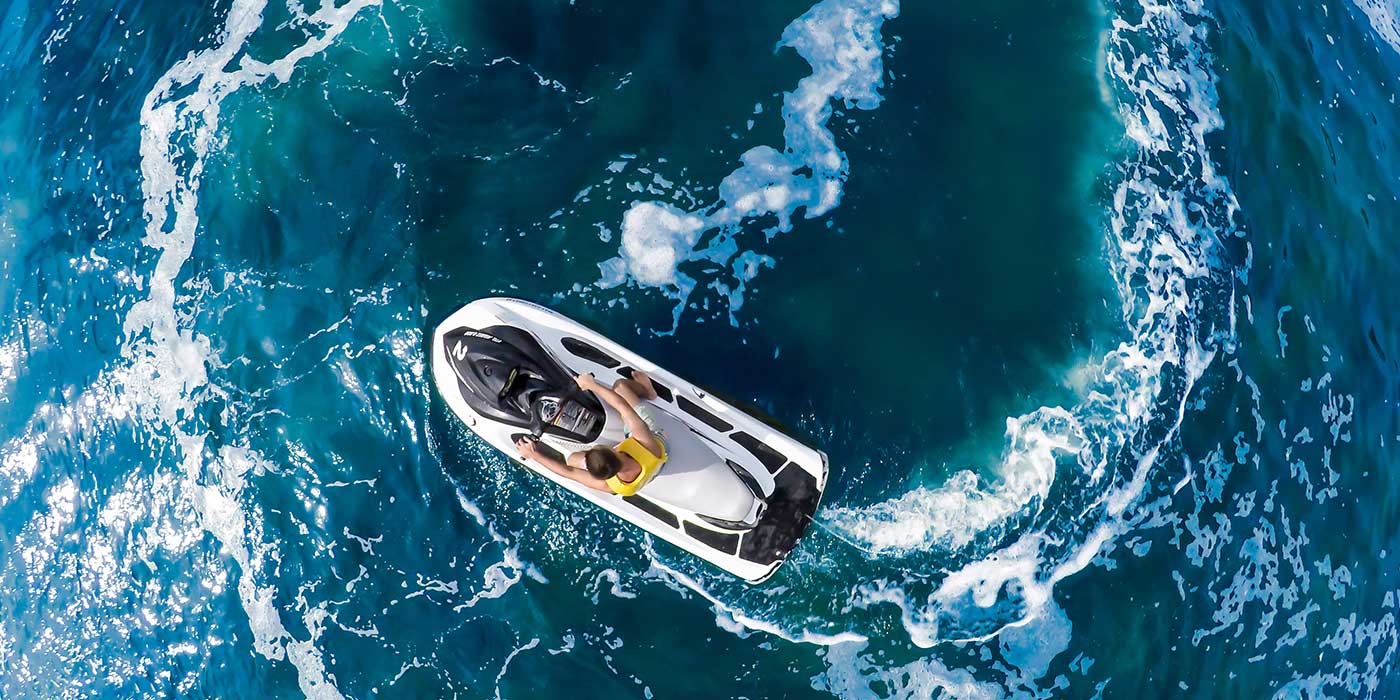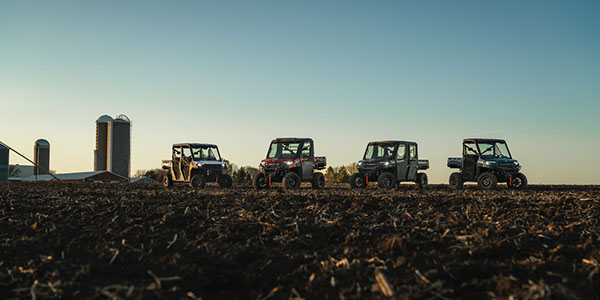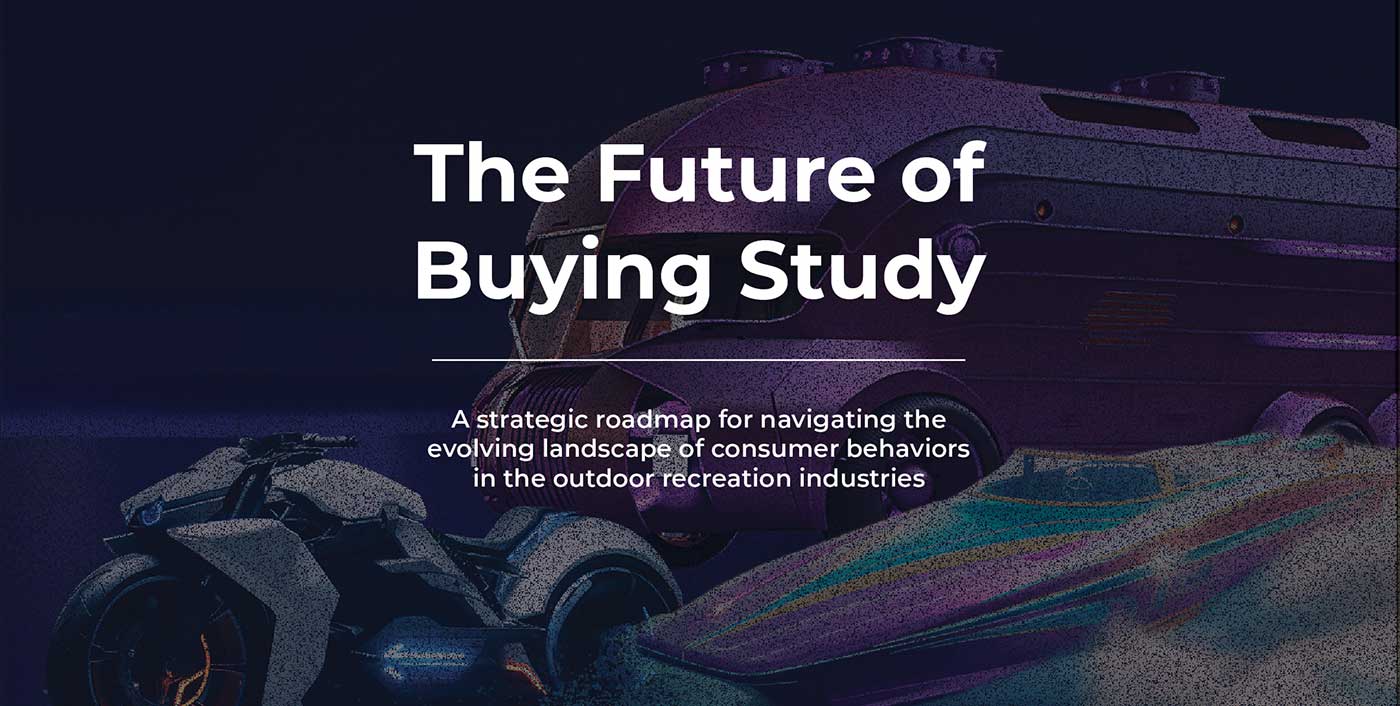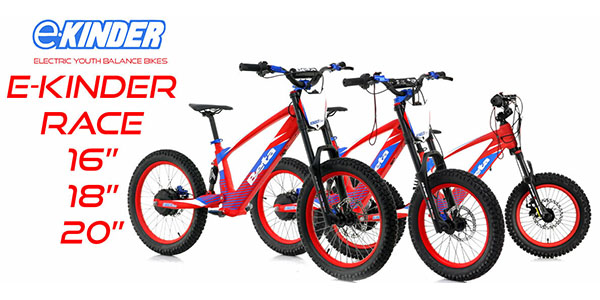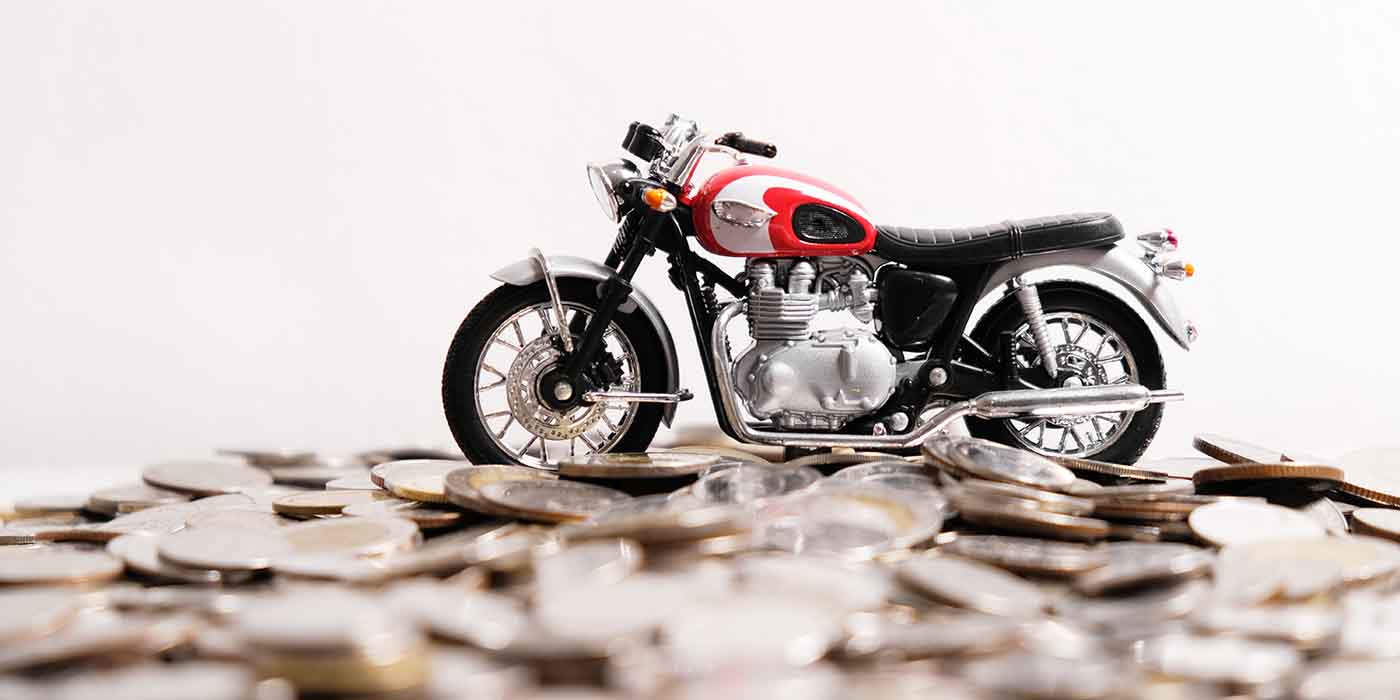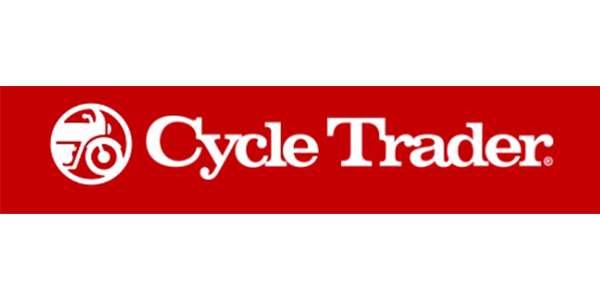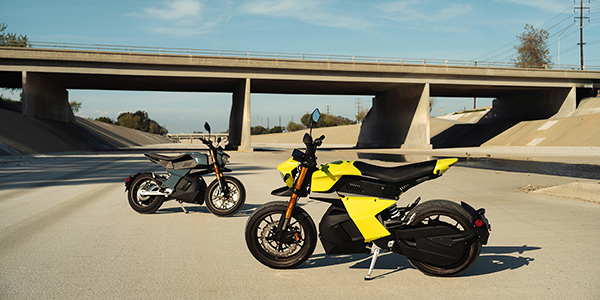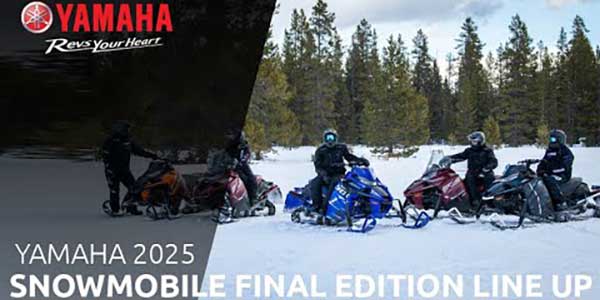If you were at AIMExpo this year, you saw a huge presence of electric bicycles on the floor — including an entire demo area reserved just for them. It’s difficult enough to consider the business case of whether e-bikes are suitable for your dealership, but with so many different brands quickly entering the powersports space, it can be downright overwhelming to even know where to start your research. Let’s start by going over the basics of what you need to know about e-bikes.
A ‘New’ Powersport
If you try to look up the word “powersport” in the dictionary, chances are you won’t find an entry. According to Merriam Webster, there’s a definition for “motorsport” — “any of several sports involving the racing or competitive driving of motor vehicles” — but no corresponding definition for “powersport.” Perhaps this is why the powersports category has always been so difficult to define. Which vehicles are included and which aren’t?
That may explain why when electric bicycles first came onto the scene, they weren’t readily adopted by the powersports industry. And yet, they weren’t even adopted by the bicycling industry either because of the presence of motors. Ironically though, the powersports market viewed e-bikes more as “bicycles” first and foremost, with their pedal-assist technology, so did that really constitute being a powersport?
According to Sam Blethen, category manager of powersports, auto and RV for QuietKat, e-bikes should absolutely be classified as powersport vehicles. “They have a motor, they have lots of power and lots of torque, and I think many powersports dealers are already very successful selling e-bikes,” he says.
E-bikes have come a long way from when they first appeared in the 1980s and 1990s. During the pandemic, their popularity — along with many other outdoor-related activities — skyrocketed. However, while both bike sales and e-bike sales soared at the time, now, in the post-pandemic era, regular bike sales have come crashing down while e-bike sales have continued to grow, according to Michael Mayer, director of marketing at QuietKat.
“We’re seeing a growth in e-bikes continuing; even though the bike boom has gone down, the e-bike boom continues, and I think the adoption rate of riders converting to e-bikes or getting back into bikes through e-bikes continues to grow and grow at a strong rate,” Mayer explains.
Mike Carr, vice president – sales for INTENSE Cycles, adds, “We believe this growth will continue over the course of the next five to 10 years, and the technological advancements in both motor and battery capability will certainly help fuel continued growth.”
But why would e-bikes continue to gain popularity when regular bike sales have fallen? Well, unlike bicycles, where exercise is the main motivation for riding, followed by recreation, e-bike manufacturers have created niche markets targeting uses for these vehicles in other hobbies. While there are consumers who seek to get into biking and see e-bikes as a way to start out, your existing powersports customers likely have other plans. Many of them already go hunting, fishing and camping with vehicles they purchase from you for those reasons. E-bikes can help enhance those experiences.
Consider how when you’re riding on the trails in an ATV or UTV, there are places you can’t access because the vehicle is too large or cumbersome. E-bikes can take over that part of the journey. The same goes for noise. Hunters, for instance, want to mitigate noise as much as possible, but gas-powered vehicles are notoriously loud. With its quiet, electric motor, an e-bike can get hunters closer to where they need to be.
“Generally, users who enjoy off-road experiences on powersports products will also enjoy the e-bike experience in an off-road environment,” Carr says. To that end, he notes that e-bikes are popular across the whole of the U.S. “The e-bike platform is providing substantial growth in the industry, and powersports dealers who are willing to invest in the e-bike business model are benefiting from that investment,” he adds.
Classes and Types
By now, you’ve likely seen several e-bike models available from different companies, all of which have their slight differences. Some look like classic mountain bikes with small motors built into their compact frames that are supported on thin, off-road tires. Others sport thicker frames and sit on fat tires better suited for stability whether on- or -off-road. Some bikes are better suited for urban commuting, while others are off-road utility models and or even sport-oriented.
E-bikes come in all shapes and sizes, so it is up to you as a dealer to determine the right type for your store based on your customer demographics, region, the versatility of the bike and what the e-bike brand offers in terms of assistance to the dealer. However, the most basic aspect you need to understand about e-bikes are their different classes.
There are four classes of e-bikes. Class 1 e-bikes are limited in speed and have pedal-assist but no throttle. This means that the motor only helps propel the bike forward when the rider is pedaling. A Class 1 motor can go no faster than 20 mph; if the bike achieves speeds over that, it shuts off.
“Class 1 e-bikes are truly mountain bikes with small, pedal-assisted electric motors,” says Carr. “Most e-bikes for mountain biking purposes designed and sold in the U.S. are Class 1 given the greater trail accessibility.”
Class 2 e-bikes have a throttle-assisted motor, which can push the bike forward even when you’re not pedaling. Like Class 1 bikes, the motors stop assisting when the bike hits 20 mph. “Many national and state parks (even ones that allow Class 1 e-bikes) don’t allow Class 2 e-bikes because the throttle function can damage natural surface trails,” Carr explains.
Class 3 e-bikes have pedal-assist motors like Class 1 bikes, but they are much more powerful and can propel the bike up to speeds of 28 mph. “This type of e-bike is typically used for commuting purposes,” Carr notes. “Class 3 e-bikes are usually relegated only on trail systems designated as off-road vehicle acceptable.”
Finally, Mayer adds that there is a fourth or “unrestricted” class of e-bike, which has a throttle and will put out “as much power as you put into the bike” with no speed restrictions. And while most e-bike brands/models stay in one class, he notes that there are some that allow you to switch “class” modes on the bike like you would switch ride modes on a motorcycle. So, if a customer had one of these “variable” bikes, even though it could achieve unrestricted speeds, as long as it was kept in “Class 1 mode,” it would be allowed on trails were Class 1 bikes are permitted.
Knowing which e-bikes are out there is just the start of your journey in bringing them into your dealership. Once you have them, you need to optimize their sales. We’ll cover those tips next week.

